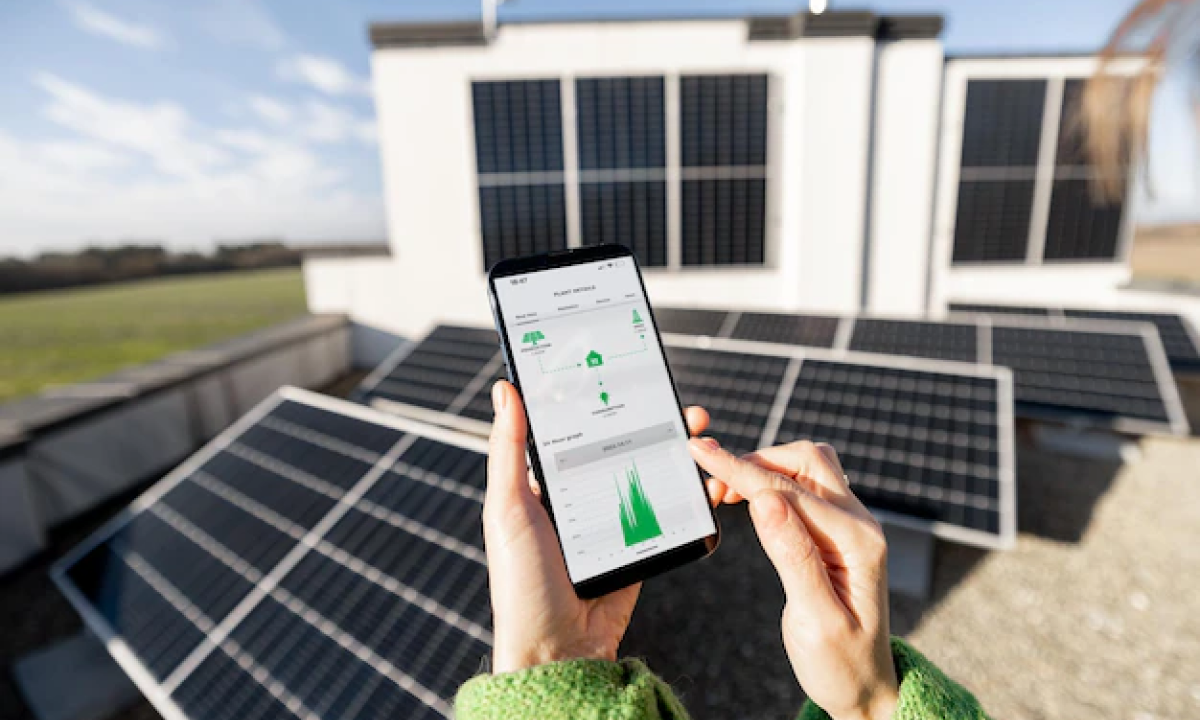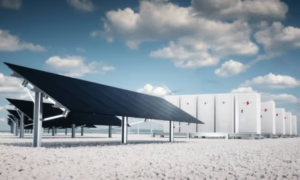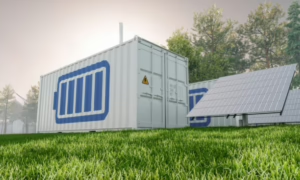Introduction:
In recent years, solar energy has become increasingly popular since it is a sustainable and clean energy source. Real-time monitoring has become a crucial instrument for ensuring solar energy systems’ best efficiency and lifetime. Contrary to popular belief, solar monitoring systems are essential for maximising the advantages of solar energy rather than just adding to the costs. The importance of Internet of Things (IoT)-based smart solar power monitoring systems in boosting solar system performance is examined in this article.
Getting to Know Solar Energy Systems:
Solar energy systems comprise linked parts, including batteries, inverters, and solar panels. Voltage, current, and environmental variables, including the intensity of the sun’s rays and shadows, all impact the output of solar panels. Although solar systems typically need little maintenance, ongoing inspection is advised to ensure they perform at their best over time.
Problems with manual monitoring
It may be difficult and time-consuming to manually monitor solar panels, particularly for off-grid or distant installations. Although they contribute to system performance, real-time monitoring and recording are not possible with solar inverters. This restriction highlights the need for sophisticated monitoring tools.
Smart Solar Monitoring Systems as a Concept:
Solar system monitoring in real-time is made possible by smart photovoltaic (PV) monitoring systems, which integrate hardware and software components. These systems collect and process data from solar panels and other components using sensors, data loggers, and IoT technologies. Once gathered, the data is sent to a mobile application for predictive maintenance and failure analysis.
Smart solar monitoring systems’ main features include:
Data gathering and communication:
The built-in communication modules included in solar inverters
Are used to gather information on different system performance metrics. These modules act as the solar inverter’s eyes and ears, gathering information on power output, voltage, current, and energy production. The collected data is sent to a central monitoring system using connection technologies like Ethernet, Wi-Fi, cellular networks, Zigbee, or Bluetooth.
Data analysis and visualisation
The central monitoring system analyses and displays the gathered information in understandable ways, such as charts, graphs, and dashboards. These visualisations help users make deft choices by providing real-time insights on energy output, trends, and system performance.
Notifications of Alerts:
The monitoring system is set up to provide alerts for anomalies or problems. When there is a dramatic decline in power output or a faulty component, users are alerted by email, SMS, or mobile app alerts. Quick maintenance and troubleshooting are made possible by this proactive approach.
Troubleshooting and remote control:
Remote control of solar power plants is possible thanks to modern technology. Remote users may change the operation modes, charging profiles, and configuration. Without physically being there, technicians may also identify and fix problems, saving time and effort.
predictability analysis
The real-time gap between produced and anticipated energy is monitored using data analysis. Based on past data trends, this analysis aids customers in making choices for the future.
Limitations and Things to Think About
Although intelligent solar monitoring systems provide many advantages, there are certain drawbacks to take into account:
- Internet connectivity dependence
- Remote Locations with Limited Access
- Possible Security Threats
- Issues with Compatibility
- Expense factors
- Technical Difficulty
Conclusion
To increase the efficiency and output of solar energy systems, it is essential to include IoT-based smart solar power monitoring systems. The value and advantages of solar energy are increased by these systems’ real-time data analysis, alarm notifications, remote control, and predictive insights. The pros and disadvantages of monitoring systems must be weighed to make educated judgements appropriate for the given situation and needs.
Finally, Sun-AP Eco Power, a reputable solar distributor, is committed to advancing solar technology and is dedicated to improving sustainable energy solutions by providing cutting-edge products and services that enable people and organisations to use solar power fully. Sun-AP Eco Power keeps advancing solar technology by adopting intelligent solar monitoring systems and remaining on the cutting edge. This way, Sun-AP Eco Power helps to create a cleaner, greener future. Join Sun-AP Eco Power in today’s solar revolution to take the first step towards a more sustainable future!




